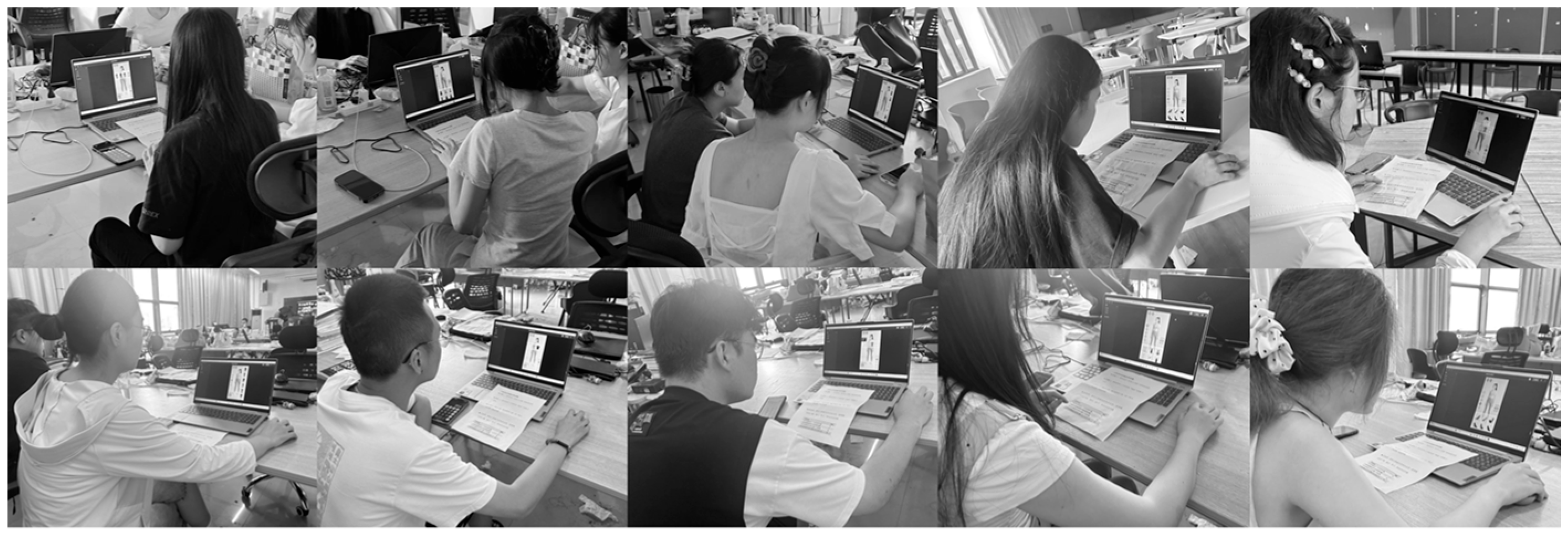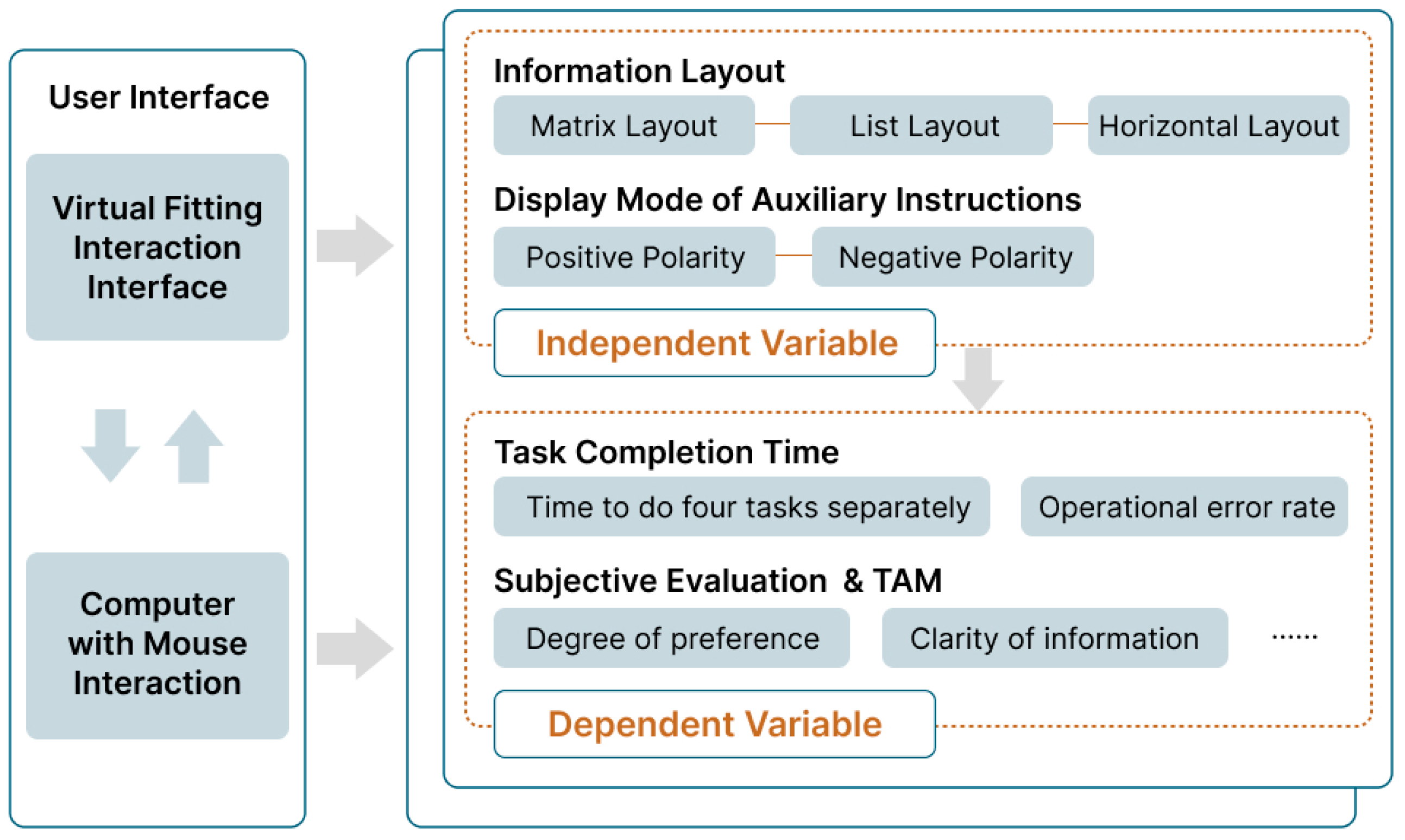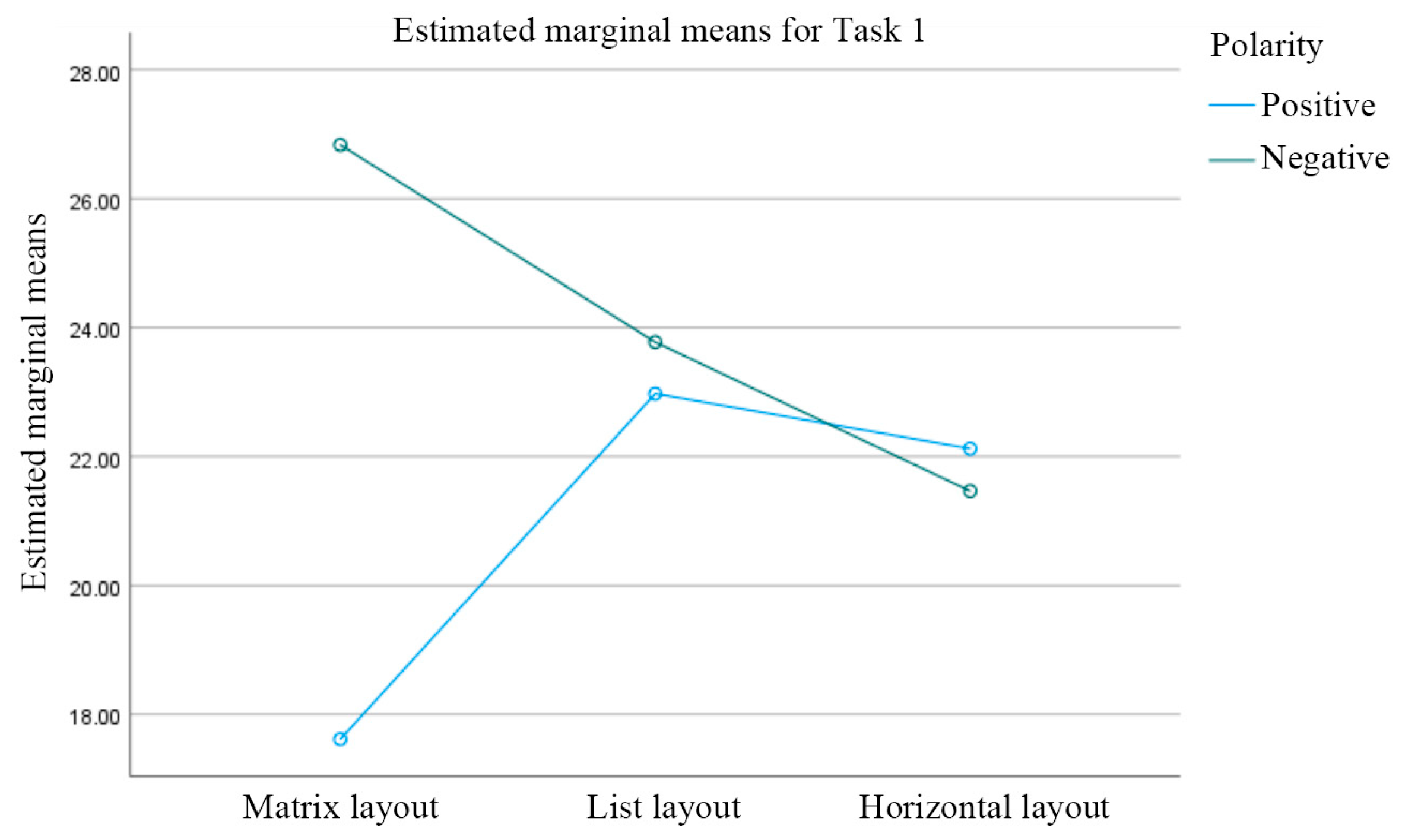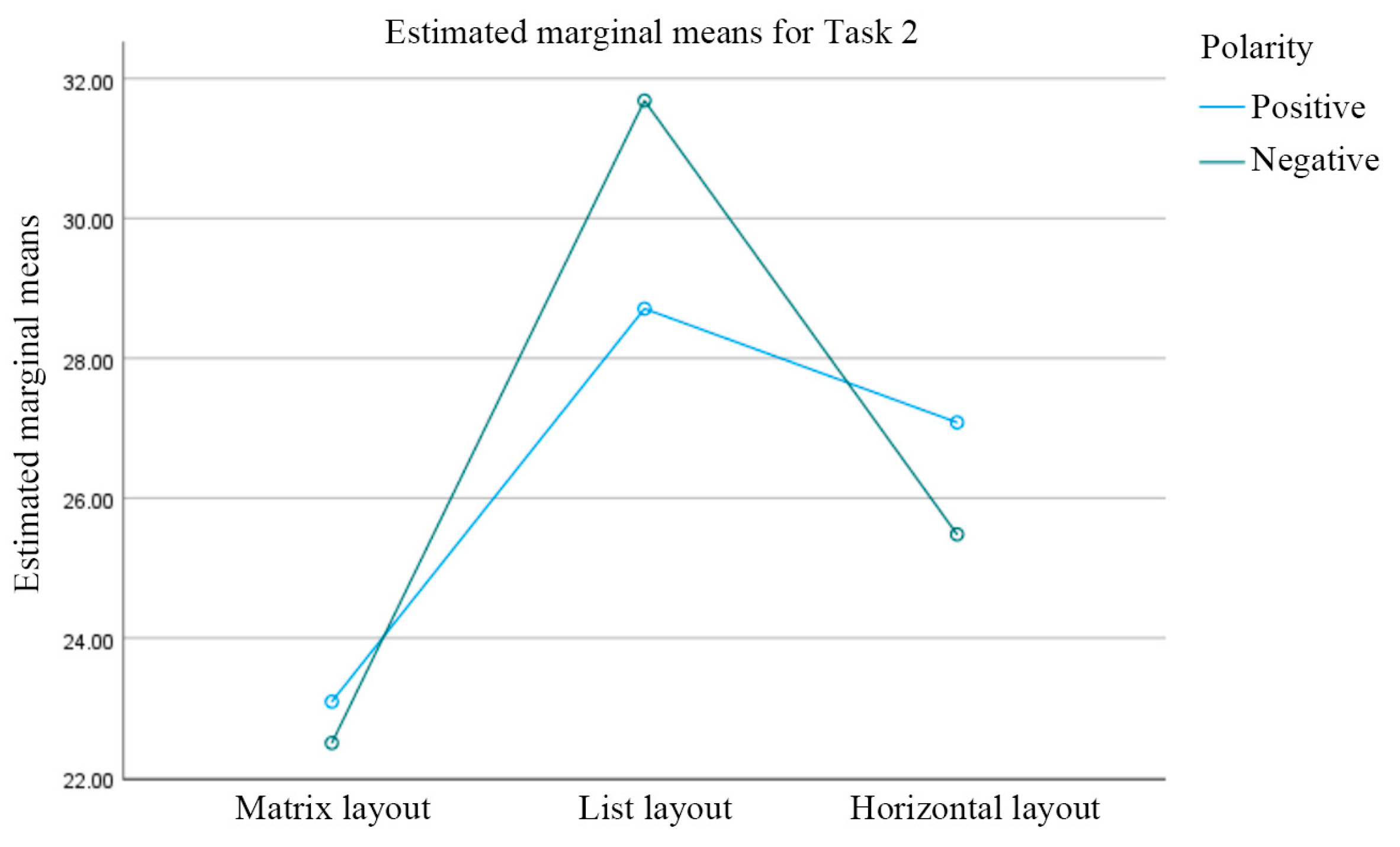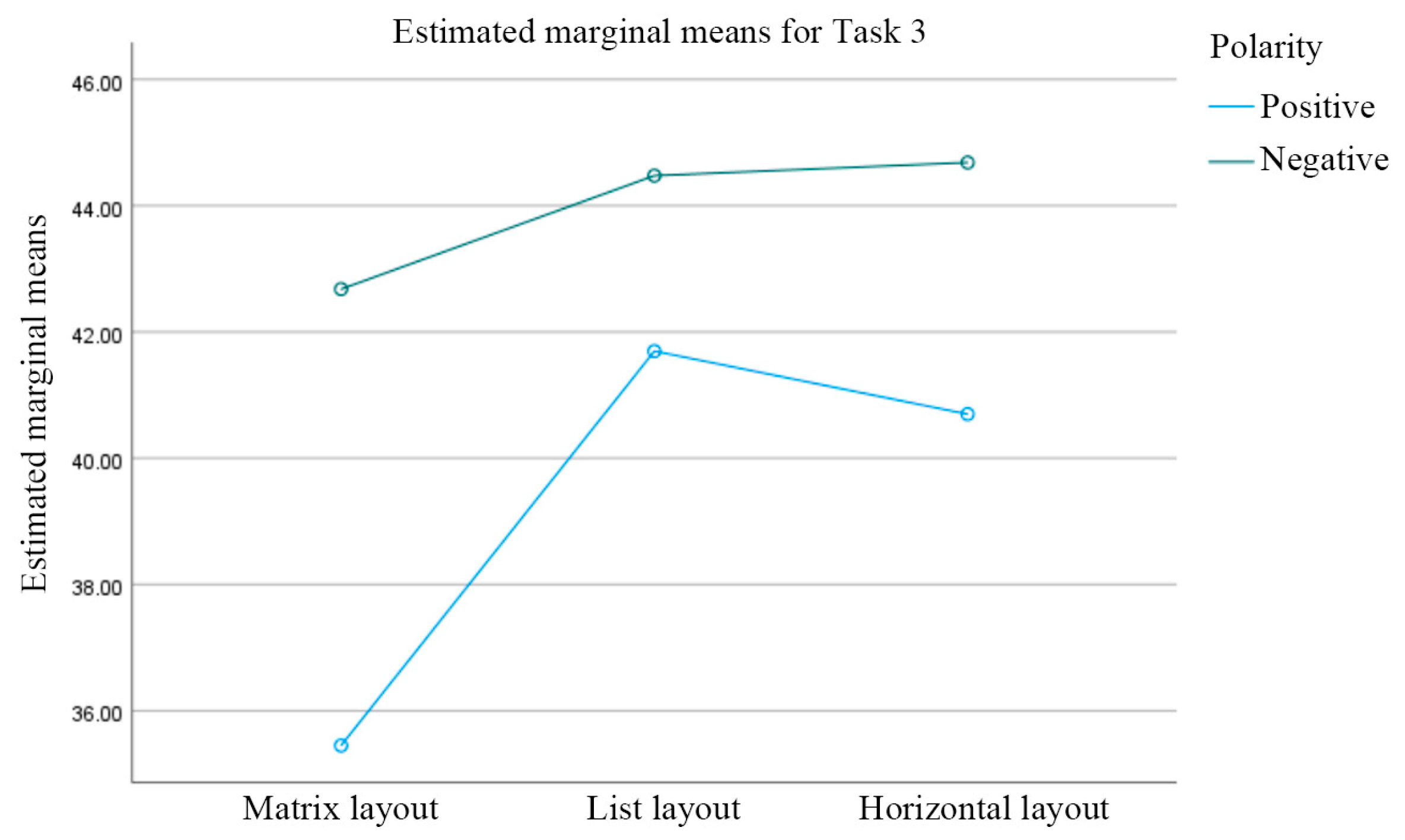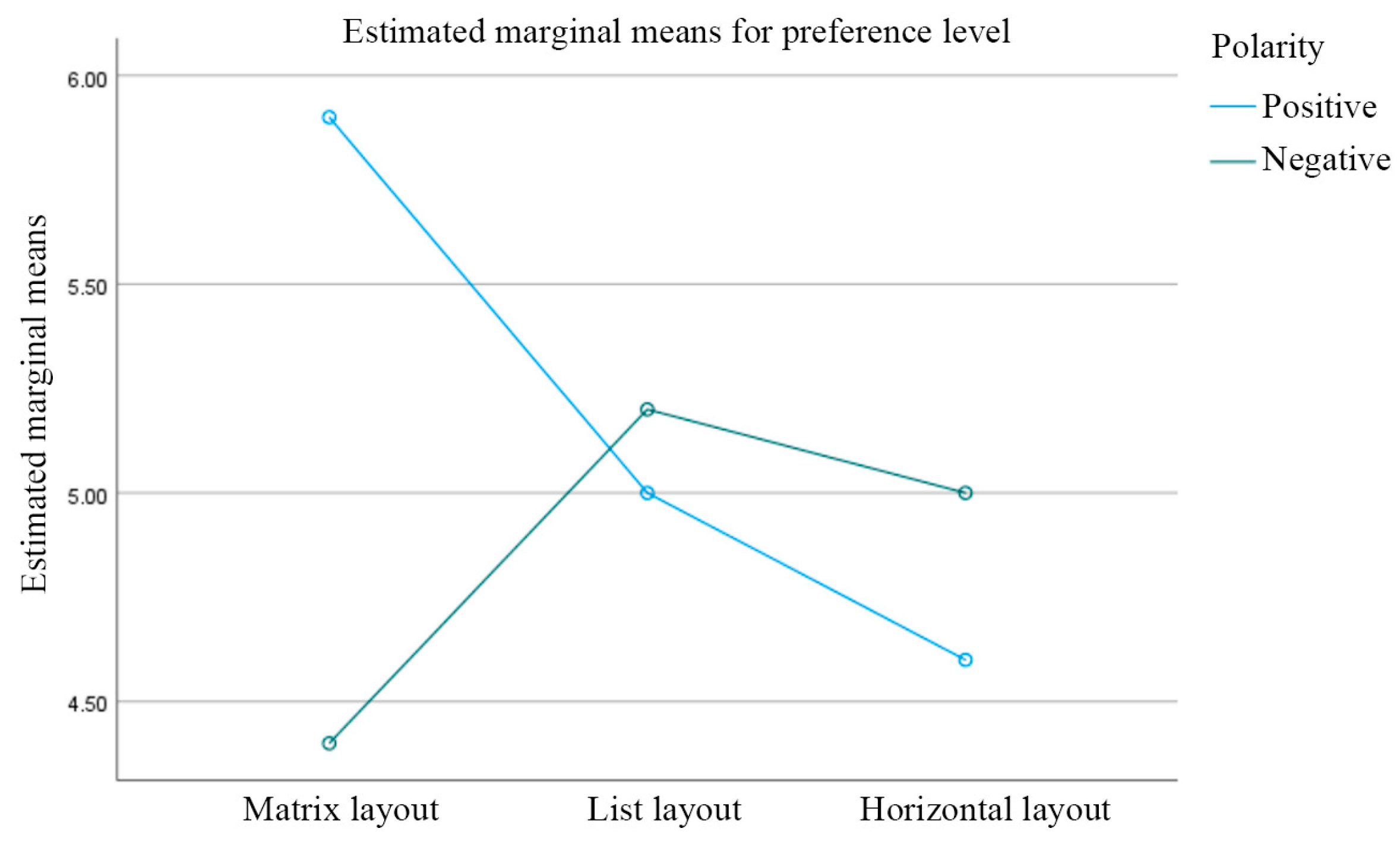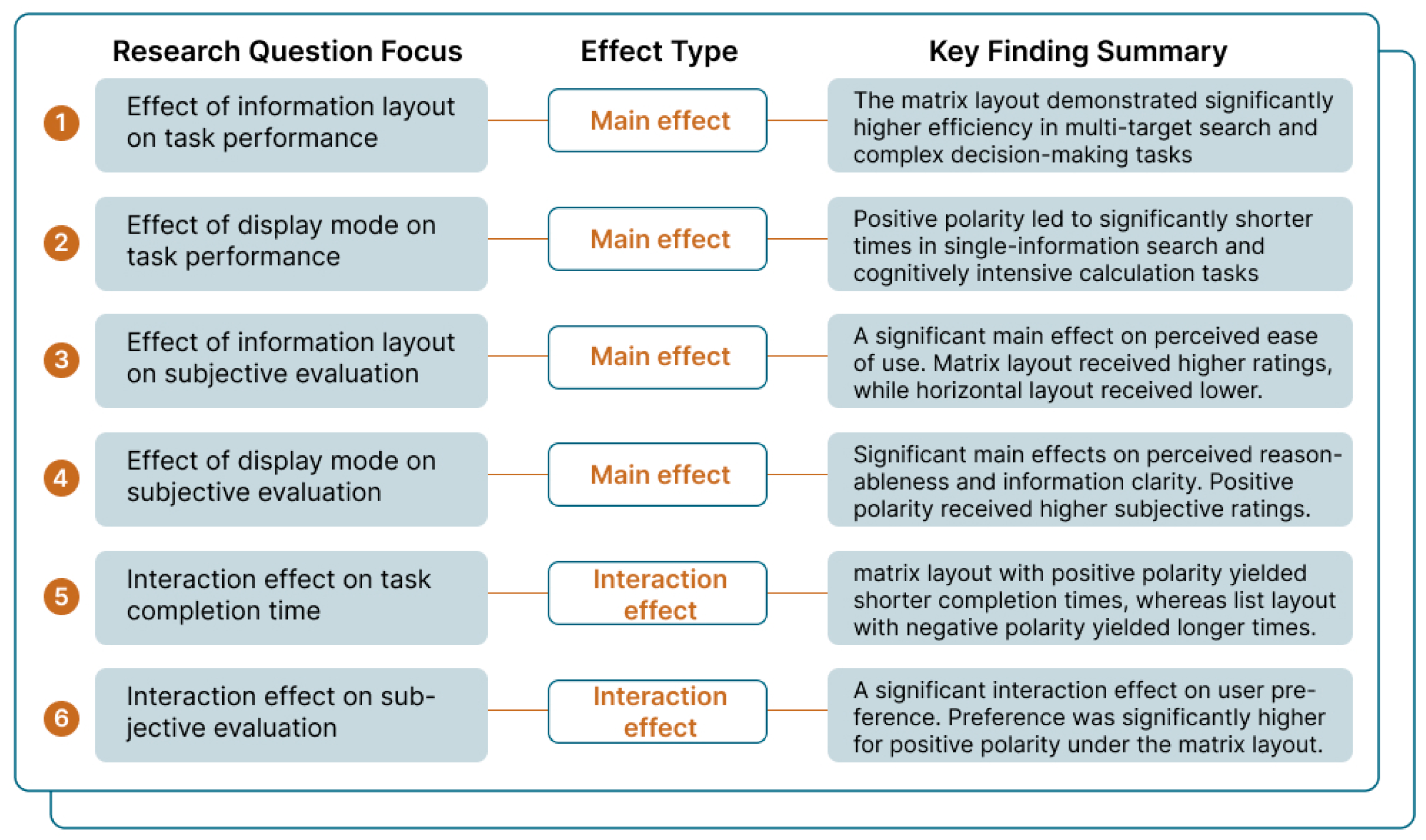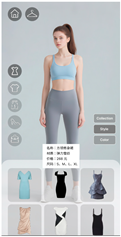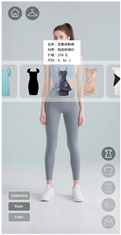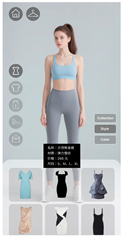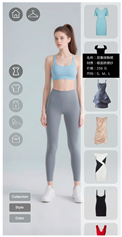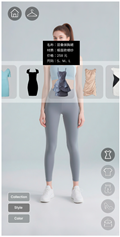Author Contributions
Conceptualization, X.L.; methodology, X.L.; investigation, P.P.; data curation, P.P.; formal analysis, P.P.; visualization, P.P.; writing—original draft preparation, P.P.; writing—review and editing, X.L.; supervision, X.L.; funding acquisition, X.L. All authors have read and agreed to the published version of the manuscript.
Funding
This research was funded by the Fujian Province Education Science Fourteenth Five-Year Planning Conventional Project (FJJKBK23-111); the 2024 Fuzhou University Higher Education Teaching Research and Reform Project (03626456); the Fujian Provincial Federation of Social Sciences (FJ2025B220); and the Zhejiang Province Philosophy and Social Sciences Planning Project (23NDJC169YB). The APC was funded by the 2024 Fuzhou University Higher Education Teaching Research and Reform Project (03626456).
Institutional Review Board Statement
The study was conducted in accordance with the Declaration of Helsinki, and approved by the Institutional Review Board of Xiamen Academy of Arts and Design, Fuzhou University (protocol code FZU20250312 and date of approval: 12 March 2025)”.
Informed Consent Statement
Informed consent was obtained from all subjects involved in the study.
Data Availability Statement
The raw data supporting the conclusions of this article will be made available by the authors on request.
Acknowledgments
The authors would like to express their sincere gratitude to Fuzhou University and the Academy of Arts and Crafts for providing academic and research support. Special thanks are extended to colleagues and students who contributed constructive feedback during the course of this study.
Conflicts of Interest
The authors declare no conflicts of interest.
References
- Liu, Y.; Zhao, M.; Zhang, Z.; Liu, Y.; Yan, S. Arbitrary virtual try-on network: Characteristics preservation and tradeoff between body and clothing. ACM Trans. Multimed. Comput. Commun. Appl. 2024, 20, 1–23. [Google Scholar] [CrossRef]
- Ren, B.; Tang, H.; Meng, F.; Runwei, D.; Torr, P.H.S.; Sebe, N. Cloth interactive transformer for virtual try-on. ACM Trans. Multimed. Comput. Commun. Appl. 2023, 20, 1–20. [Google Scholar] [CrossRef]
- Yang, Z.; Chen, J.; Shi, Y.; Li, H.; Chen, T.; Lin, L. OccluMix: Towards de-occlusion virtual try-on by semantically-guided mixup. IEEE Trans. Multimed. 2023, 25, 1477–1488. [Google Scholar] [CrossRef]
- Rohil, M.K.; Parikh, A. Fast and robust virtual try-on based on parser-free generative adversarial network. Virtual Real. 2024, 28, 5. [Google Scholar] [CrossRef]
- Lee, H.; Xu, Y.; Porterfield, A. Virtual fitting rooms for online apparel shopping: An exploration of consumer perceptions. Fam. Consum. Sci. Res. J. 2022, 50, 189–204. [Google Scholar] [CrossRef]
- Ivanov, A.; Head, M.; Biela, C. Mobile shopping decision comfort using augmented reality: The effects of perceived augmentation and haptic imagery. Asia-Pac. J. Mark. Logist. 2023, 35, 1917–1934. [Google Scholar] [CrossRef]
- Hoffmann, S.; Mai, R. Consumer behavior in augmented shopping reality: A review, synthesis, and research agenda. Front. Virtual Real. 2022, 3, 961236. [Google Scholar] [CrossRef]
- Zhang, J.; Luximon, Y.; Shah, P.; Li, P. 3D statistical head modeling for face/head-related product design: A state-of-the-art review. Comput. Aided Des. 2023, 159, 103483. [Google Scholar] [CrossRef]
- Li, C.; Cohen, F. Virtual reconstruction of 3D articulated human shapes applied to garment try-on in a virtual fitting room. Multimed. Tools Appl. 2022, 81, 11071–11085. [Google Scholar] [CrossRef]
- Marelli, D.; Bianco, S.; Ciocca, G. Designing an AI-based virtual try-on web application. Sensors 2022, 22, 3832. [Google Scholar] [CrossRef]
- Yang, H.; Guo, N. Review of image-based virtual try-on: From deep learning to diffusion models. Comput. Eng. Appl. 2025, 61, 19–35. [Google Scholar] [CrossRef]
- Tawira, L.; Ivanov, A. Leveraging personalization and customization affordances of virtual try-on apps for a new model in apparel m-shopping. Asia-Pac. J. Mark. Logist. 2023, 35, 451–471. [Google Scholar] [CrossRef]
- Yoon, K.I.; Jeong, T.S.; Kim, S.C.; Lim, S.C. Anonymizing at-home fitness: Enhancing privacy and motivation with virtual reality and try-on. Front. Public Health 2023, 11, 1333776. [Google Scholar] [CrossRef]
- Sekri, K.; Bouzaabia, O.; Rzem, H.; Juárez-Varón, D. Effects of virtual try-on technology as an innovative e-commerce tool on consumers’ online purchase intentions. Eur. J. Innov. Manag. 2024, in press. [Google Scholar] [CrossRef]
- Recalde, D.; Jai, T.C.; Jones, R.P. I can find the right product with AR! The mediation effects of shopper engagement on intent to purchase beauty products. J. Retail Consum. Serv. 2024, 78, 103764. [Google Scholar] [CrossRef]
- Wang, Z.; Jiang, Q. A study on the willingness of “Generation Z” consumers to use online virtual try-on shopping services based on the SOR framework. Systems 2024, 12, 217. [Google Scholar] [CrossRef]
- Hwang, C.; Jin, B.; Song, L.; Feng, J. Factors influencing older adults’ intention to use virtual fitting room technology during the COVID-19 pandemic. J. Fash. Mark. Manag. Int. J. 2024, 28, 444–459. [Google Scholar] [CrossRef]
- Liu, T.; Tan, C.S.L.; Quintero Rodriguez, C. Virtual reality in the luxury fashion industry: A systematic literature review. Span. J. Mark.-ESIC 2025, 29, 312–329. [Google Scholar] [CrossRef]
- Idrees, S.; Gill, S.; Vignali, G. Mobile 3D body scanning applications: A review of contact-free AI body measuring solutions for apparel. J. Text. Inst. 2024, 115, 1161–1172. [Google Scholar] [CrossRef]
- Yu, M.; Ma, Y.; Wu, L.; Cheng, K.; Li, X.; Meng, L.; Chua, T.S. Smart fitting room: A one-stop framework for matching-aware virtual try-on. In Proceedings of the 2024 International Conference on Multimedia Retrieval (ICMR 2024), Singapore, 12–15 June 2024; pp. 184–192. [Google Scholar] [CrossRef]
- Schultz, C.D.; Gorlas, B. Magic mirror on the wall: Cross-buying at the point of sale. Electron. Commer. Res. 2023, 23, 1677–1700. [Google Scholar] [CrossRef]
- Shin, E.; Kincade, D.H.; Han, J. Exploring online consumer reviews of customized apparel products. J. Fash. Mark. Manag. Int. J. 2023, 28, 139–160. [Google Scholar] [CrossRef]
- Gao, R.; Yuan, W.; Zhu, J.Y. Controllable visual-tactile synthesis. In Proceedings of the IEEE/CVF International Conference on Computer Vision (ICCV 2023), Paris, France, 2–6 October 2023; pp. 7040–7052. [Google Scholar] [CrossRef]
- Lavoye, V.; Tarkiainen, A.; Sipilä, J.; Mero, J. More than skin-deep: The influence of presence dimensions on purchase intentions in augmented reality shopping. J. Bus. Res. 2023, 169, 114247. [Google Scholar] [CrossRef]
- He, X.M.; He, S.J.; Jiang, S.H. Research status and development trend of cognitive load in human-computer interaction. Comput. Integr. Manuf. Syst. 2023, 29, 1069. [Google Scholar]
- Faudzi, M.A.; Cob, Z.C.; Ghazali, M.; Omar, R.; Sharudin, S.A. User interface design in mobile learning applications: Developing and evaluating a questionnaire for measuring learners’ extraneous cognitive load. Heliyon 2024, 10, e37494. [Google Scholar] [CrossRef] [PubMed]
- Yang, L.; Qi, B.; Guo, Q. The effect of icon color combinations in information interfaces on task performance under varying levels of cognitive load. Appl. Sci. 2024, 14, 4212. [Google Scholar] [CrossRef]
- Zhou, J.; Miao, X.; He, F.; Miao, Y. Effects of font style and font color in news text on user cognitive load in intelligent user interfaces. IEEE Access 2022, 10, 10719–10730. [Google Scholar] [CrossRef]
- Li, X.; Zheng, C.; Pan, Z.; Huang, Z.; Niu, Y.; Wang, P.; Geng, W. Comparative study on 2D and 3D user interface for eliminating cognitive loads in augmented reality repetitive tasks. Int. J. Hum.-Comput. Interact. 2024, 40, 8008–8024. [Google Scholar] [CrossRef]
- Yin, W.; Xu, B. Effect of online shopping experience on customer loyalty in apparel business-to-consumer e-commerce. Text. Res. J. 2021, 91, 2882–2895. [Google Scholar] [CrossRef]
- Groissberger, T.; Riedl, R. Do online shops support customers’ decision strategies by interactive information management tools? Results of an empirical analysis. Electron. Commer. Res. Appl. 2017, 26, 131–151. [Google Scholar] [CrossRef]
- Guo, J.; Zhao, Y.; Zhang, W.; Lu, K.; Feng, X.; Xia, T. The influence of the information richness of interfaces on consumers’ purchase intention: The sequential mediating effects of cognitive load, mental imagery, and flow experience. Behav. Sci. 2025, 15, 673. [Google Scholar] [CrossRef]
- Huang, T.; Zhang, J. Study on experience design of elderly online learning interface based on cognitive load. In Proceedings of the International Conference on Human-Computer Interaction (HCII 2022), Cham, Switzerland, 26 June–1 July 2022; Springer: Cham, Switzerland, 2022; pp. 70–86. [Google Scholar] [CrossRef]
- Cong, R.; Tago, K.; Jin, Q. Measurement and verification of cognitive load in multimedia presentation using an eye tracker. Multimed. Tools Appl. 2022, 81, 26821–26835. [Google Scholar] [CrossRef]
- Shao, J.; Wu, J.; Tang, W.; Xue, C. How dynamic information layout in GIS interface affects users’ search performance: Integrating visual motion cognition into map information design. Behav. Inf. Technol. 2023, 42, 1686–1703. [Google Scholar] [CrossRef]
- Zhao, X.; Wu, Z. Research on the impact of mobile terminal information layout on visual search—Taking bookkeeping application as an example. In Proceedings of the International Conference on Human-Computer Interaction (HCII 2024), Cham, Switzerland, 29 June–4 July 2024; Springer: Cham, Switzerland, 2024; pp. 268–281. [Google Scholar] [CrossRef]
- Tang, Z.; Xu, X.; Wang, F.; Zhang, L.; Zhu, M. Effect of interface layout design of a public library website on information-seeking experience for elderly people. Libr. Hi Tech 2025, 43, 746–762. [Google Scholar] [CrossRef]
- Li, J.; Zhang, W.; Feng, Z.; Wei, L.; Tang, T.; Gu, T. Effects of head-up display information layout design on driver performance: Driving simulator studies. Int. J. Hum.-Comput. Interact. 2025, 41, 8829–8845. [Google Scholar] [CrossRef]
- Zhu, J.; Cui, Z.; Yang, Z.; Wang, Q.; Tian, Y.; Wang, D. Vertical is beneficial but volume is irrelevant: Optimization of urban guide signs based on spatial representation of road networks. Heliyon 2024, 10, e32401. [Google Scholar] [CrossRef]
- Yang, X.; Yang, B.; Tang, C.; Mo, X.; Hu, B. Visual attention quality research for social media applications: A case study on photo sharing applications. Int. J. Hum.-Comput. Interact. 2024, 40, 3827–3840. [Google Scholar] [CrossRef]
- Zhang, M.; Hou, G.; Chen, Y.C. Effects of interface layout design on mobile learning efficiency: A comparison of interface layouts for mobile learning platform. Libr. Hi Tech 2023, 41, 1420–1435. [Google Scholar] [CrossRef]
- Şener, E. A Comparison of Memory Performances for Expository Scientific Prose and Diagram in Flat vs. Spatially Distributed Layouts in Virtual Reality. Master’s Thesis, North Carolina State University, Raleigh, NC, USA, 2023. [Google Scholar]
- Melendez Abarca, P.; Havas, C. Spatial information integration in small language models for document layout generation and classification. In Proceedings of the 40th ACM/SIGAPP Symposium on Applied Computing, Cagliari, Italy, 31 March–4 April 2025; pp. 1164–1171. [Google Scholar] [CrossRef]
- Ståhlbom, E.; Molin, J.; Ynnerman, A.; Lundström, C. Should I make it round? Suitability of circular and linear layouts for comparative tasks with matrix and connective data. Comput. Graph. Forum 2024, 43, e15102. [Google Scholar] [CrossRef]
- Chen, C.H.; Zhai, W. The effects of information layout, display mode, and gender difference on the user interface design of mobile shopping applications. IEEE Access 2023, 11, 47024–47039. [Google Scholar] [CrossRef]
- Apraiz Iriarte, A.; Lasa Erle, G.; Mazmela Etxabe, M. User preferences and associations with light or dark interfaces. In Proceedings of the 25th International Congress on Project Management and Engineering, Alcoy, Spain, 6–9 July 2021; pp. 1893–1906. [Google Scholar]
- Niu, Y.; Zhou, T.; Bai, L. Research on color coding of fighter jet head-up display key information elements in air–sea flight environment based on eye-tracking technology. Proc. Inst. Mech. Eng. G J. Aerosp. Eng. 2022, 236, 2010–2030. [Google Scholar] [CrossRef]
- Lin, H.Y.; Chen, C.H. The effects of display size and text-background color type on the Chinese digital reading performance of Taiwan college students. J. Sci. Des. 2021, 5, 2_101–2_110. [Google Scholar]
- Muhamad, N.; Amali, N.A.N. Digital display preference of electronic gadgets for visual comfort: A systematic review. Iran. J. Public Health 2023, 52, 1565. [Google Scholar] [CrossRef]
- Luzsa, R.; Mayr, S. The polarity effect in virtual and video see-through mixed reality—Better proofreading performance and faster optotype identification with positive display polarity. Ergonomics 2025, 1–15. [Google Scholar] [CrossRef]
- Yu, N.; Ouyang, Z. Effects of background colour, polarity, and saturation on digital icon status recognition and visual search performance. Ergonomics 2024, 67, 433–445. [Google Scholar] [CrossRef]
- Lin, C.; Ji, Z.; Lin, Y. Optimum display luminance and contrast polarity of desktop head-up display under office lighting level based on visual ergonomic study. Ergonomics 2024, 67, 1491–1503. [Google Scholar] [CrossRef]
- While, Z.; Sarvghad, A. Dark mode or light mode? Exploring the impact of contrast polarity on visualization performance between age groups. In Proceedings of the 2024 IEEE Visualization and Visual Analytics (VIS), Tampa, FL, USA, 13–18 October 2024; pp. 211–215. [Google Scholar] [CrossRef]
- Zhai, W.; Lin, Z.; Xu, B. Exploring the effects of virtual annotation background display mode and transparency through a 360-degree panorama approach to online shopping. Asia-Pac. J. Mark. Logist. 2024, 36, 1045–1068. [Google Scholar] [CrossRef]
- Muhamad, N.; Moktaeffendi, N.H.; Azni, N.S. Effect of display polarity on amplitude of accommodation and visual fatigue. Environ.-Behav. Proc. J. 2023, 8, 207–214. [Google Scholar] [CrossRef]
- Kemp, A.; Palmer, E.; Strelan, P.; Thompson, H. Testing a novel extended educational technology acceptance model using student attitudes towards virtual classrooms. Br. J. Educ. Technol. 2024, 55, 2110–2131. [Google Scholar] [CrossRef]
- Tetik, G.; Türkeli, S.; Pinar, S.; Tarim, M. Health information systems with technology acceptance model approach: A systematic review. Int. J. Med. Inform. 2024, 190, 105556. [Google Scholar] [CrossRef]
- Lin, J.; Cai, Y.; Wu, X.; Lu, J. Graph-based information block detection in infographic with gestalt organization principles. IEEE Trans. Vis. Comput. Graph. 2021, 29, 1705–1718. [Google Scholar] [CrossRef]
- Mathôt, S.; Ivanov, Y. The effect of pupil size and peripheral brightness on detection and discrimination performance. PeerJ 2019, 7, e8220. [Google Scholar] [CrossRef]
- Manca, V. Artificial neural network learning, attention, and memory. Information 2024, 15, 387. [Google Scholar] [CrossRef]
- Hong, W. The Impact of Web Interface Characteristics on Consumers’ Online Shopping Behavior. Ph.D. Thesis, Hong Kong University of Science and Technology, Hong Kong, China, 2002. [Google Scholar]
- Xiao, H.; Sun, Y.; Duan, Z.; Huo, Y.; Liu, J.; Luo, M.; Zhang, Y. A study of model iterations of Fitts’ law and its application to human–computer interactions. Appl. Sci. 2024, 14, 7386. [Google Scholar] [CrossRef]
- Liu, Y.; Zhang, S.Y.; Xin, H.J. Research on the impact of the contrast between the white text and black background to visual sharpness. Appl. Mech. Mater. 2014, 469, 282–285. [Google Scholar] [CrossRef]
| Disclaimer/Publisher’s Note: The statements, opinions and data contained in all publications are solely those of the individual author(s) and contributor(s) and not of MDPI and/or the editor(s). MDPI and/or the editor(s) disclaim responsibility for any injury to people or property resulting from any ideas, methods, instructions or products referred to in the content. |
© 2025 by the authors. Licensee MDPI, Basel, Switzerland. This article is an open access article distributed under the terms and conditions of the Creative Commons Attribution (CC BY) license (https://creativecommons.org/licenses/by/4.0/).
